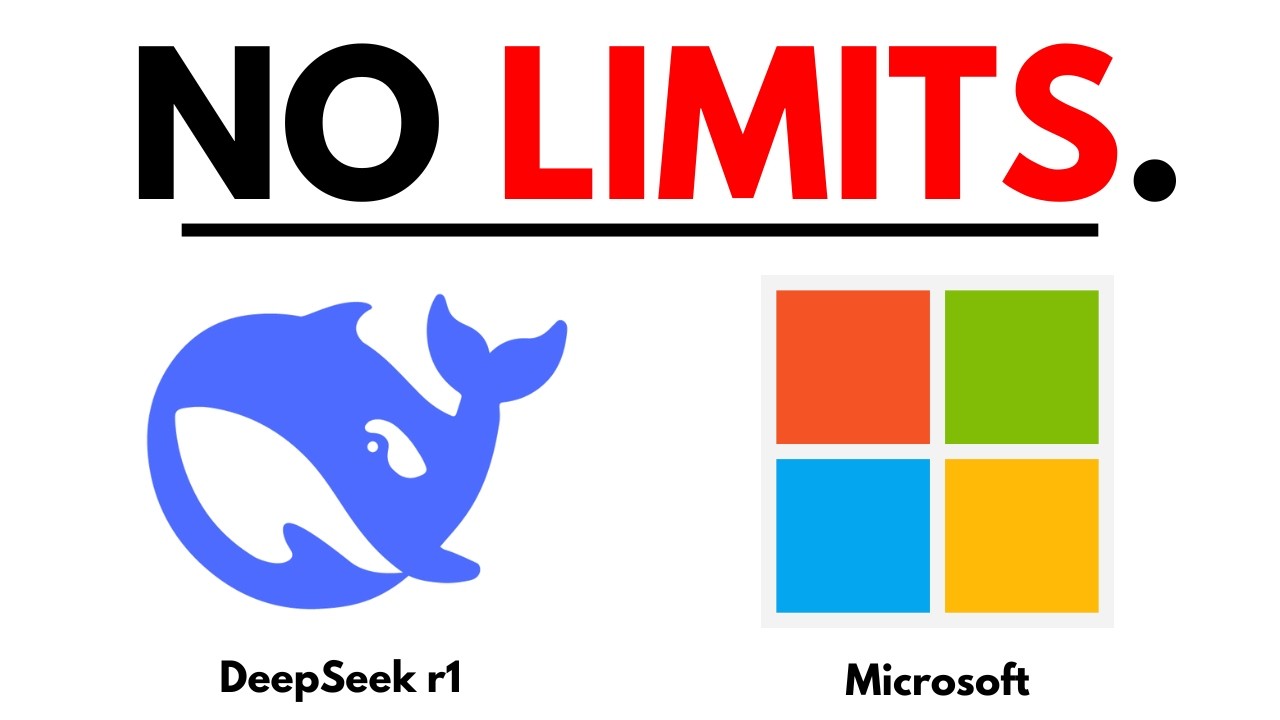The video discusses the release of Microsoft’s DeepSeek R1 variant, MEDS1, which improves responsiveness on sensitive topics while enhancing safety and reducing censorship. The presenter demonstrates MEDS1’s capabilities through practical tests, highlighting its speed and human-like reasoning, and provides guidance on integrating the model into coding projects.
In the recent video, the presenter discusses the secret release of Microsoft’s DeepSeek R1, specifically a post-trained variant called MEDS1. This model is available for free on OpenRouter and is designed to improve responsiveness on previously censored topics while enhancing its safety profile. The presenter highlights that the original DeepSeek R1 had issues with censorship, avoiding certain sensitive topics, but the new version aims to address these limitations, allowing for more open discussions.
The video demonstrates the differences between DeepSeek R1 and MEDS1 by testing their responses to sensitive queries, such as the Tiananmen Square protests. While DeepSeek R1 provides a standard response indicating it cannot discuss the topic, MEDS1 engages in a conversation about it, showcasing its improved capabilities. The presenter emphasizes the importance of this change, as it allows users to access more comprehensive information without the constraints of censorship.
To further evaluate the performance of MEDS1, the presenter conducts a practical test by creating a 3D car simulator game using prompts. They compare the outputs from both models, noting that MEDS1 is faster and more responsive than DeepSeek R1. Although the initial output from MEDS1 lacks functionality, the presenter appreciates its speed and the human-like reasoning it exhibits, which contrasts with the more mechanical responses from other models.
The video also covers how to utilize the MEDS1 API in coding environments like VS Code. The presenter walks through the process of setting up the API key and integrating it into a project, demonstrating its ease of use. They highlight the potential for developers to leverage this model in their applications, emphasizing that while the model is free for users, there are underlying costs associated with its operation.
In conclusion, the presenter expresses excitement about Microsoft’s release of MEDS1 and its implications for the landscape of large language models. They encourage viewers to explore the capabilities of this new model and to join their community for further learning about AI. The video wraps up with a call to action for viewers to like, comment, and subscribe, while also promoting their platform for those interested in building AI agents and automating workflows.
